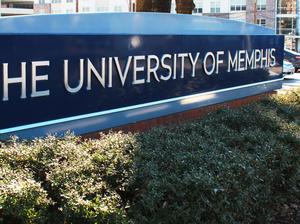
Researching genetic predisposition to rare diseases comes with challenges as unique as those illnesses.
Data on individuals with such diseases is limited, and so is comparable data from similar healthy individuals. While it is possible to utilize public data sets and create synthetic control groups, several challenges make such methods hard to use.
However, St. Jude Children’s Research Hospital has found a way to circumvent those problems, according to the findings published Wednesday, May 11, in Nature Communications.
A group of scientists at St. Jude created a computational tool called CoCoRV — consistent summary counts-based rare variant burden test — that controls for confounding factors and helps identify genes and genetic variants behind rare diseases.
“Our tool provides a consistent and systematic way to maximize the power of an analysis and minimize the risk of finding false positives,” said first author Wenan Chen, Ph.D., a research scientist at the St. Jude Center for Applied Bioinformatics, in a press release. “Users can confidently scan for potential pathogenic variants or try to identify risk genes for a rare disease.”
The tool accounts for different ethnicities when performing the rare-variant association test on public summary counts, avoiding systemic inflations and false positives.
"CoCoRV is built upon the experience we have from working with many, many sets of sequencing data at St. Jude,” Chen said, in the release. "When you have a large amount of data, you can use this knowledge to derive rules that systematically categorize what is a true signal versus which are bad quality in other datasets. We built that experience into a tool that would be helpful for others to use.”
Corresponding author Gang Wu, Ph.D., director of the St. Jude Center for Applied Bioinformatics, said it is all "a numbers game." He said in the release that with diseases like amyotrophic lateral sclerosis (ALS), or pediatric brain tumors, about 20% of the patients could be explained by their hereditary predisposition to the disease.
“Our tools will help find the remaining unexplained heritability that can be contributing to those diseases,” he said.
The funding for this study came from National Institutes of Health (NIH) and National Cancer Institute (NCI) grants and ALSAC, the fundraising and awareness organization for St. Jude.
St. Jude has made the tool freely available to researchers studying rare diseases, and it can be accessed here.









